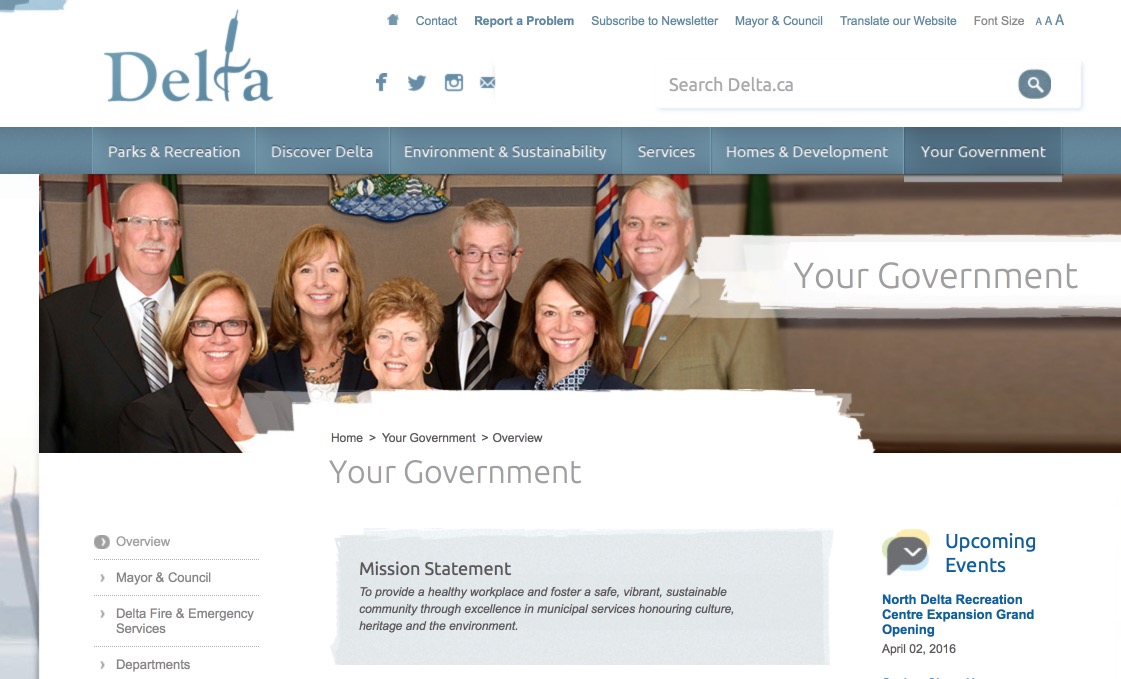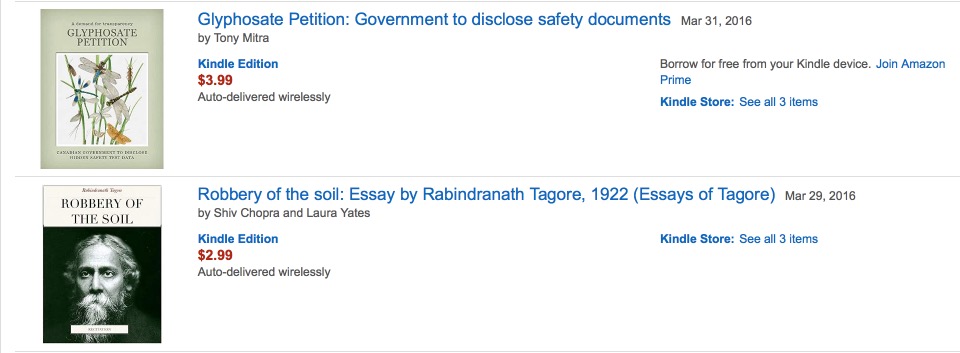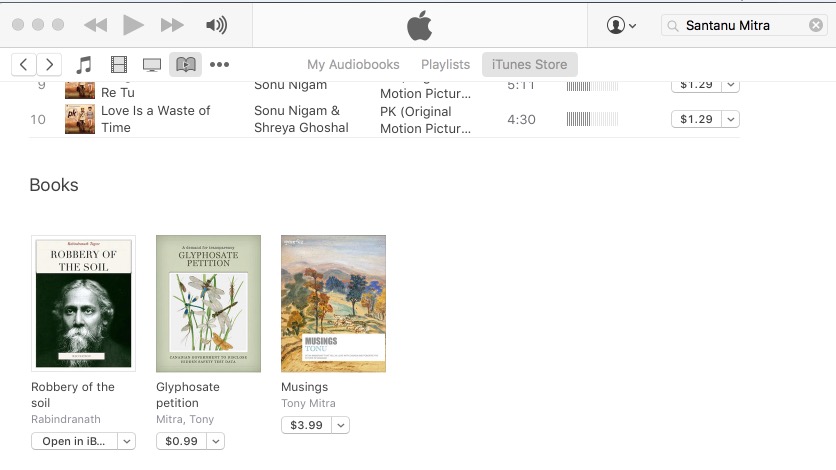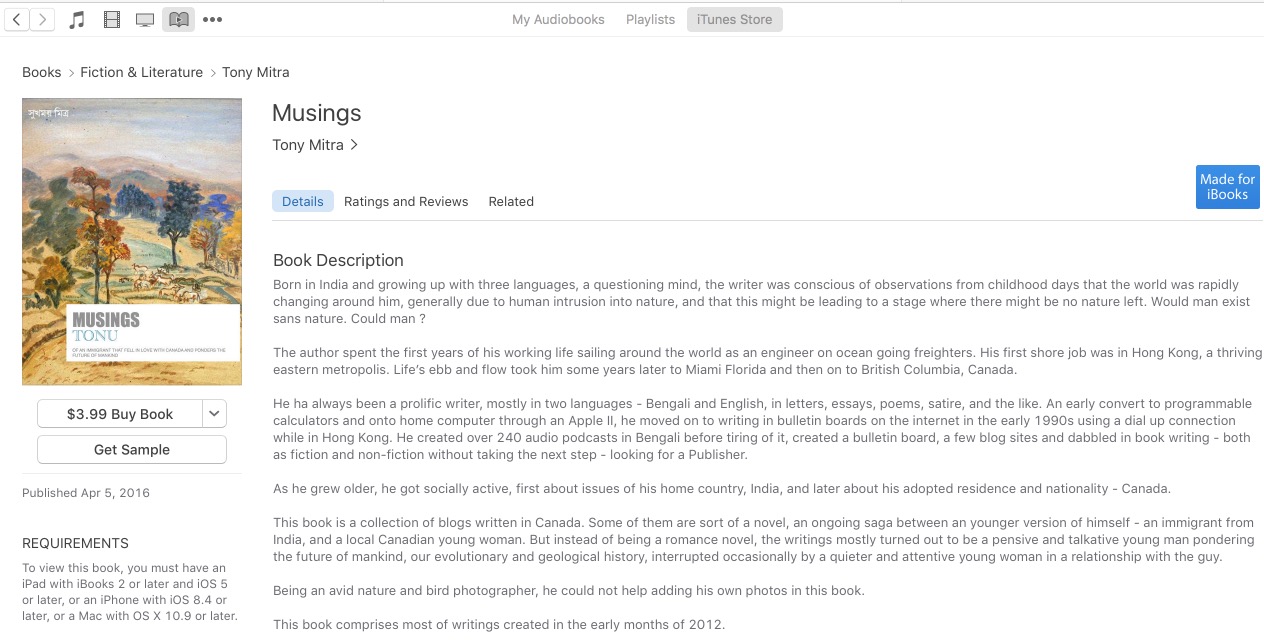Apr 2, 2016 — To: The Mayor Ms Luis Jackson,
Delta Corporation
April 1st, 2016 (not a prank)
Subject : Test Glyphosate in Delta’s water, soil and food.
Mayor Jackson,
Good day.
I write to you, yet again, regarding potential dangers linked with exposure to Glyphosate for residents of Delta, and what the municipality could do.
Delta has fertile lowlands and farms. Glyphosate is the most used chemical in Canadian food production. Besides, since our town is actually in the delta of the Fraser river, and comprises of tidal mudflats and lowlands, most runoff from farms, as well as from the upland forests go through our midst. Both these regions use glyphosate, in agriculture by farmers and aerially in hilly forests by logging corporations.
 In spite of being the most used toxin in Canada and the planet for a generation, safety test records and data of this weed killer are kept hidden from Canadians, possibly illegally, to protect commercial interest of the promoter.
In spite of being the most used toxin in Canada and the planet for a generation, safety test records and data of this weed killer are kept hidden from Canadians, possibly illegally, to protect commercial interest of the promoter.
Legal precedence is already being set in some countries, where supreme court has overruled federal Governments about keeping safety documents hidden from the people. Apparently, commercial confidentiality agreements and intellectual property rights cannot trump public safety. So, if a corporation cannot divulge safety records of its product to the public, the product itself may not be approved by the Government either.
I have two different channels of communication ongoing with the Ottawa Government about this. One of them is an online petition through change.org for the Government to disclose all safety test documents, based on which it is supposed to have approved Glyphosate for use in Canadian agriculture and environment. Link : https://www.change.org/p/minister-of-health-canada-justin-trudeau-health-canada-prove-glyphosate-is-safe
The petition has generated a large number of follow up updates with input from scientists around the world and other notables, and has over 22,000 supporters, 98% from Canada. The volume of information on the petition has crossed a thousand pages, and MP Carla Qualtrough has agreed to see me so I can present all that to her and request her to hand deliver it to the minister in Health Canada, to either place the safety documents in public domain, or inform Canadians why they do not have a right to these safety documents, or perhaps arrange a debate on the floor of our parliament about if Canadian citizens have, or do not have, a right to see first hand, all safety test data on this herbicide that has been entering our food chain in ever increasing dose for a generation.

Meanwhile for the town of Delta, and perhaps many other towns where concerned Canadians have supported this petition, there are areas where our municipal governments could actively engage, at the bottom tier of our political system, to address this issue in the following manner:
1)
Start having our food, water, and soil, tested for concentration of Glyphosate. This could not even be done just a few years ago since labs did not offer such services, especially about testing our food for Glyphosate. But this can easily be done today. Increasing number of accredited labs are offering a high quality service. And some of the labs are nearby, such as in Burnaby. This testing is legal, and reasonably easy to do for a Municipal corporation. The reason so many labs are now scrambling to offer this service, is because our Government has started a massive effort to test our food, but behind closed doors, more or less from the time World Health Organization decided to reclassify Glyphosate as a probable human carcinogen.
2)
Start placing these test results online and available for any research student, scholar, scientist or concerned citizen to read, download and follow up on, should they so desire.
3)
Inform all parties, such as farmers, or loggers or nature park managers, that samples will be drawn from their areas after application of the herbicide, or when its concentration is noted to be highest, and also in off season, to get an idea of seasonal variation, and to start tracking the toxic load in regions within Delta.
4)
This data should be available to local hospitals and doctors, to check if reports of skin rashes, gastro-intestinal or auto-immune disorders, especially among children, seem to be following the rise and fall of prevalence of Glyphosate, in which case any research organization would now have some data to start working on, to investigate if some ailments might be linked to Glyphosate exposure. The municipality need not get involved in this research, but can easily and legally offer accumulated data. Why ? Because that aught to be our first line of defence against environment induced ill-health and it aught to be the duty of our town council to ensure the residents are protected from the most used and most controversial agriculture and environmental toxin in Canada.
5)
This data should also be available to wildlife research scientists that are investigating sudden population decline, unexpected mass death, skewring of sex ration in newborns, or disappearance of creatures starting from bees, birds, amphibians, herbivores and even whales.
6)
Invite volunteers to check if recommended limits of dose of glyphosate is followed by those authorized to use it, like farmers and loggers, or exceeded by anybody. I have reason to believe that application of Glyphosate is not supervised by anybody, even if the packaging warns that it is (or may be) relatively safe only if applied according to instructions and within the maximum recommended dosage limits. I believe a municipality has the right to allow citizen volunteers a right to check if such limits are maintained, even if the council cannot afford employing people to do so for them.
This is not the first time I have written to the Delta Corporation on Glyphosate and what I wished the town council to consider engaging in. This is unlikely to be my last. I wish the municipality would take this seriously.
This letter will likely be included in the petition asking Ottawa to place all safety data on Glyphosate in the public domain. The reason this letter, and others written to other politicians, will be included is that battling indiscriminate use of an untested (it remains untested as long as the tests are hidden from people) and potentially hazardous chemical will need to be challenged on multiple fronts and the people would need to engage in it directly, and apply pressure on the politicians. It is my hope that this update, which reaches all 22,000 supporters of the petition across Canada and beyond, will influence a few hundred others to also write to their respective town councils, MPs and MLAs. Even if a single politician or town ends up being the first in initiating a program to track our food, soil, water and environment for glyphosate concentration, that will amount to a kicking in of the door, a pathfinder, and a worthy achievement that others might follow.
Should Delta Corporation have an interest in discussing this further, I shall be more than happy to attend.
Looking forward to a positive response,
With good wishes
Tony Mitra, 10891 Cherry Lane, Delta, BC, V4E 3L7, Canada

 Anyhow, I write very little in Hindi, although I did part of my early schooling in that language and my first tentative writings and childhood poems were composed in Hindi.
Anyhow, I write very little in Hindi, although I did part of my early schooling in that language and my first tentative writings and childhood poems were composed in Hindi. Nonetheless, the total writings might appear to be somewhat curious and did include musings that I believe deserve to be preserved.
Nonetheless, the total writings might appear to be somewhat curious and did include musings that I believe deserve to be preserved. And then I converted it into an iBook (epub) format and uploaded it in Apple store.
And then I converted it into an iBook (epub) format and uploaded it in Apple store.